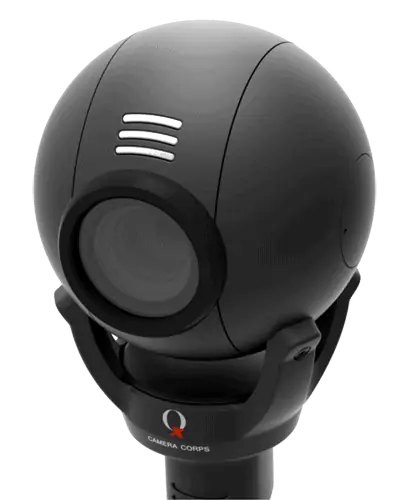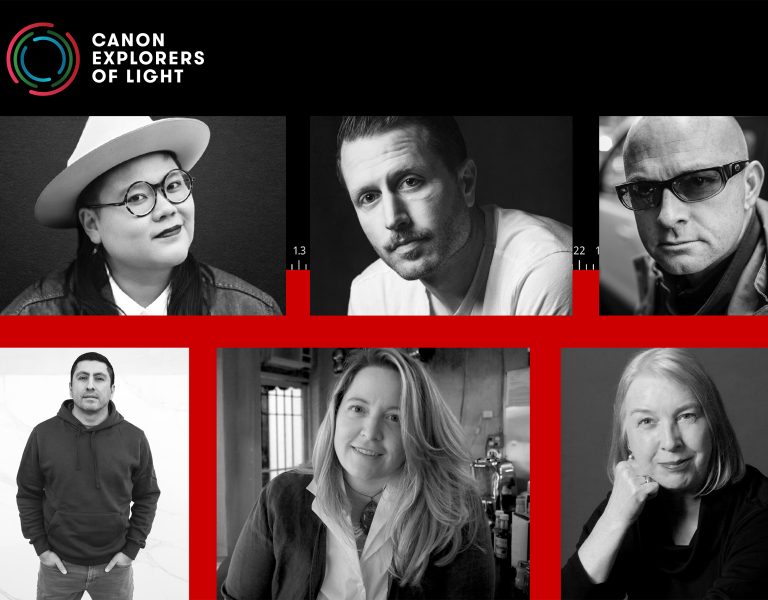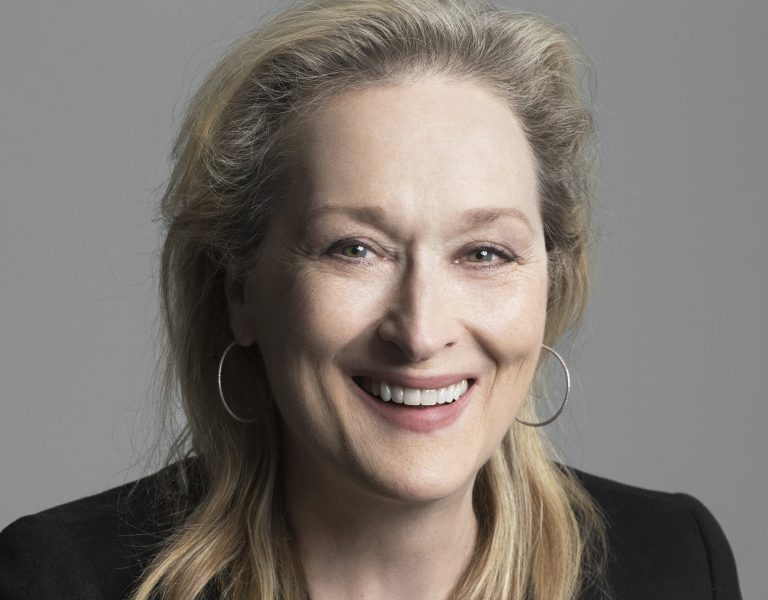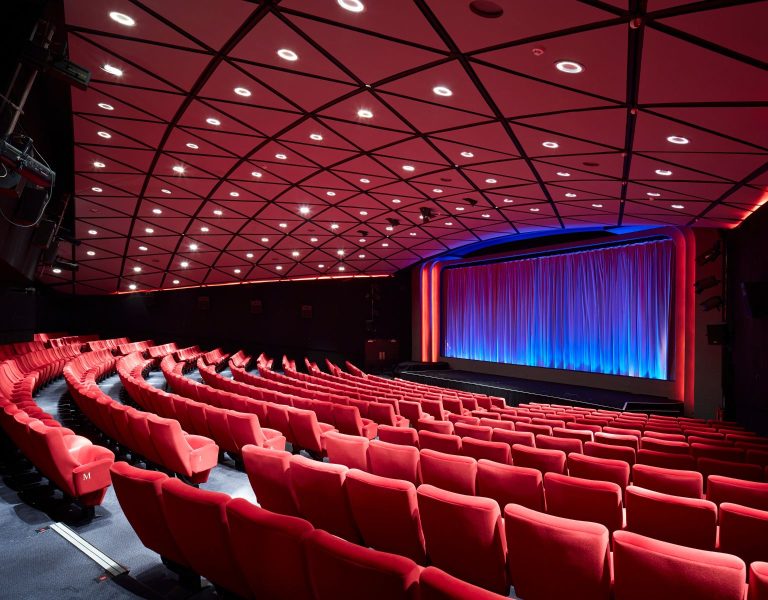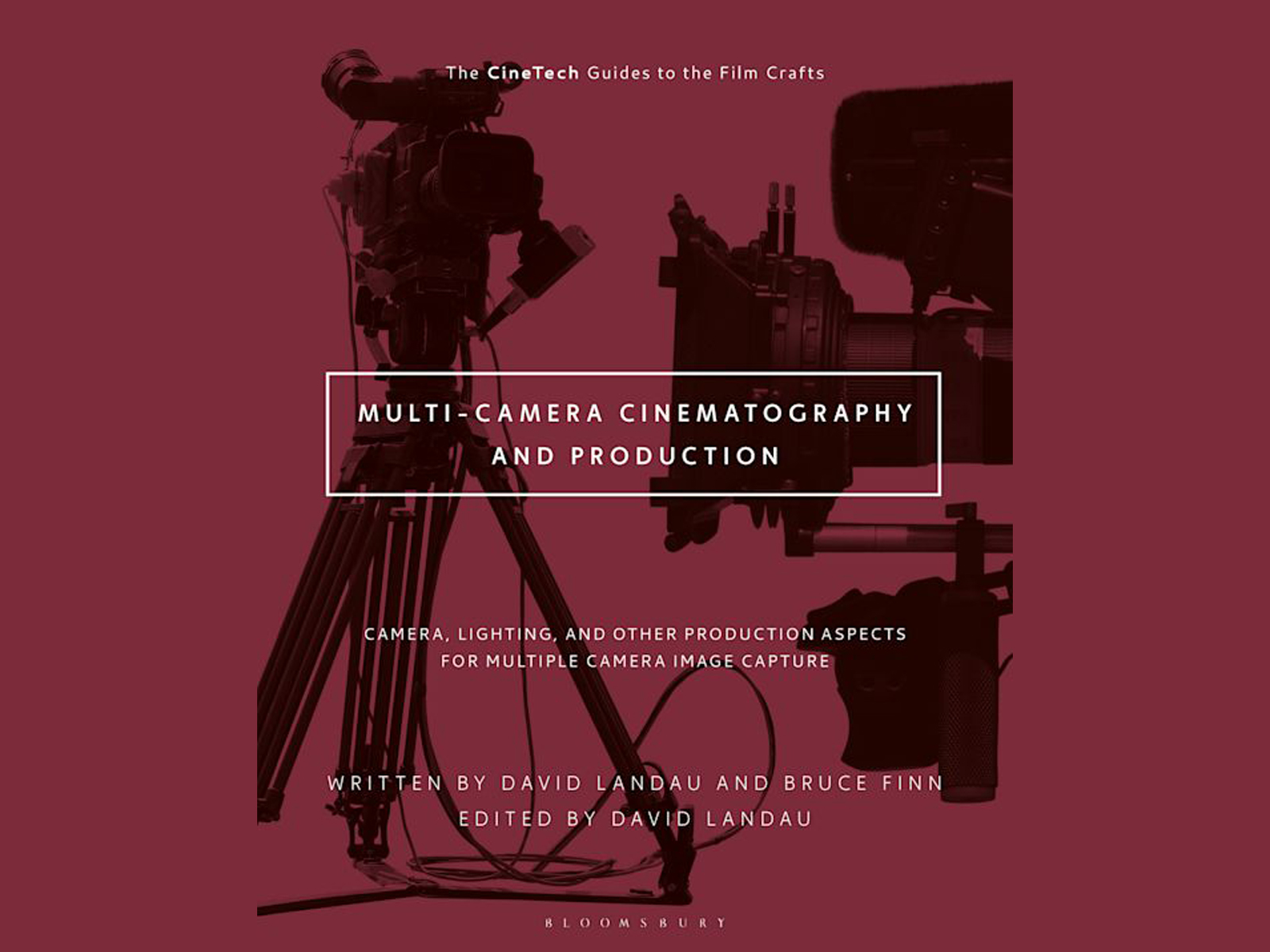
Shooting with multiple cameras has become somewhat of a norm in today’s world of moving image capture, utilised by feature films, streaming content and TV.
It allows more coverage to be completed in a shorter time and is easier on the actors, allowing them to do less repeat performances while still giving the director and editor choices. But filming with more than one camera creates its own issues with lighting, camera placement and framing as well as directing and producing. Will the eyelines of the subjects match between camera angles? Will the backgrounds change too radically between camera views confusing the viewer? Will the cameras not get in each other’s physical way or in each other’s shots? Will the camera shots be different enough so as not to create jump cuts? Will the lighting of the subject’s faces match between different camera angles? Will shadows unseen on one camera be very prominent and distracting on another? Will everything look bright in the lighting from one camera but dark from the angle of another?
“Multi-Camera Cinematography and Production”, by David Landau and Bruce Finn, two award winning cinematographers/lighting directors with over 30years of experience each, and published by Bloomsbury Press, addresses these issues and more. The book explores methods for filming that can be employed in almost any budget production, from college and low budget productions to network, streaming and feature films. The first half of the text is titled Foundations and covers the basics of cinematography that applies to both single and multi-camera production.
These include such subjects as crew, camera framing and operation, lenses, camera supports and lighting. The chapters in the second half are titled Productions and features chapters on shooting Interviews, Stand-Up Comedy, Reality, Cooking shows, Studio Sit-Coms and scripted film style productions.
David Landau has won six Telly Awards and a Cindy Award for his lighting and cinematography. He served several years as the Lighting Director for Exxon Corporate Video and Warner Lambert Video, has worked as a Director of Photography on Indie features and has been a camera operator and gaffer on many projects including being lead gaffer (IATSE Local 52) and location LD for two seasons of Lifetimes “Project Runway Allstars”. He is a full professor at Fairleigh Dickinson University where he is the director of their cinematography program and received a Teacher of the Year Award from the University Film &Video Association. David is the author of “Lighting for Cinematography” from Bloomsbury Press.
Bruce Finn (Local 600) won an Emmy Award for Multi Camera Cinematography for his work on the TV series “8 Simple Rules” on ABC and another Emmy Award for Single Camera Cinematography for his work on “My Indian Summer” on CBS. He has been Lighting Director and Director of Cinematography on over a hundred television episodes for ABC, NBC, CBS, BET, Disney and others. Bruce was recognized by the National Academy of Television Arts and Sciences for “Improving the Efficiency of Television Production” with his invention of the “TopLight”. Bruce has also been an adjunct professor at USC’s School of Cinematic Arts.
“Multi-Camera Cinematography and Production” has 14 chapters (234 pages) and features illustrations, screen grabs, camera plots and lighting diagrams to better help inform readers. Exercises offered at the end of each chapter allow the reader to practice each style of lighting and camera work after learning it in the book – to learn by doing. This is the fourth book in the Cinetech Guides to the Film Crafts from Bloomsbury.




